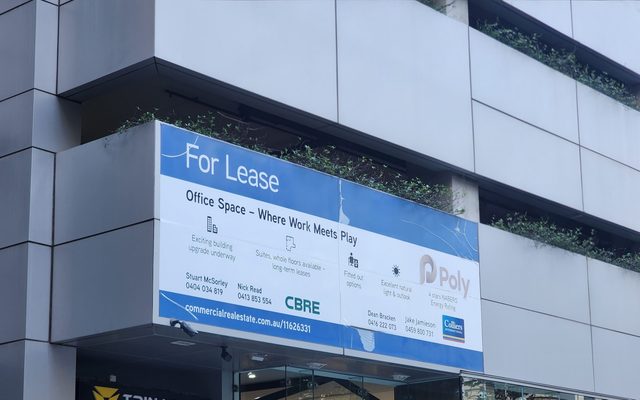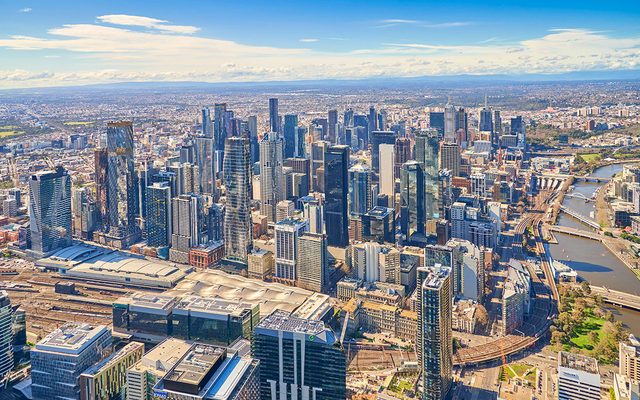This article is from the Australian Property Journal archive
AS new listings rose nationally by 10.5% over March, vacancy rates also saw a slight increase to 1.1% over the month.
According to REA Group’s latest PropTrack Listings Report for March 2023, new listings on realestate.com.au rose throughout the month but didn’t reach the same levels as seen in 2022 and were down 15.9% year-on-year.
“With the peak of the autumn selling season now behind us, we expect market activity will ease over the next few months, as it usually does after Easter and into the quieter winter period,” said Angus Moore, economist at PropTrack.
“While selling conditions are softer than a year ago, and market activity has slowed, conditions have improved from late 2022 and the fundamental long-term drivers of demand for housing remain solid.”
Adelaide and Perth saw the most significant upticks in new listings at 14.6% and 13.3% respectively.
Sydney followed with a 10.3% rise, Brisbane up 9.8%, Melbourne 8.8%, Darwin 7.1%, Hobart 5.8% and Canberra 5.2%.
Regional areas also saw an increase in new listings, up a combined 10.9%, though this was also down by 10.5% year-on-year.
“We’ve seen home prices increase slightly in recent months – a change from the consistent price falls seen throughout much of 2022. Auction clearance rates have firmed up a bit through the first quarter of 2023 compared to last year,” added Moore.
“The unemployment rate has remained close to multi-decade lows for the majority of 2022 and into early 2023. Wages growth, while running slower than inflation, has started to pick up. International migration has also resumed, which will further add to housing demand.”
At the same time in the rental market, vacancies are now at 32,814 properties, according to SQM Research.
While both Sydney and Melbourne’s rate remained steady over March—at 1.3% and 1.1% respectively—Brisbane was up to 0.9%, Perth to 0.5% and Hobart to 1.1%.
With Canberra and Adelaide also holding stable at 1.8% and 0.5%, while Darwin was the only capital to see a decline, falling from 1.4% to 1.2%.
In CBDs, rental vacancy rates were up in the Sydney CBD, Melbourne CBD and Brisbane CBD to 3.1%, 2.3% and 1.3%.
| City | March 2022 Vacancies | Vacancy Rate | February 2023 Vacancies | Vacancy Rate | March 2023 Vacancies | Vacancy Rate |
| Sydney | 12748 | 1.8% | 9301 | 1.3% | 9187 | 1.3% |
| Melbourne | 12400 | 2.4% | 5545 | 1.1% | 5581 | 1.1% |
| Brisbane | 2457 | 0.7% | 2802 | 0.8% | 3004 | 0.9% |
| Perth | 1206 | 0.6% | 839 | 0.4% | 938 | 0.5% |
| Adelaide | 580 | 0.3% | 821 | 0.5% | 885 | 0.5% |
| Canberra | 350 | 0.6% | 1069 | 1.8% | 1060 | 1.8% |
| Darwin | 176 | 0.7% | 378 | 1.4% | 305 | 1.2% |
| Hobart | 111 | 0.4% | 237 | 0.9% | 297 | 1.1% |
| National | 36868 | 1.2% | 32040 | 1.0% | 32814 | 1.1% |
Regional vacancies saw a more significant rise, as much of the migration to lifestyle locations seen over the peaks of the pandemic reverse.
With North Coast NSW rental vacancy rates up to 1.6% from 1.4% in February, the Blue Mountains up to 2.0%, for its peak rental vacancy since April 2020 and the Gold Coast Main rental vacancy rates rose to 1.1%, its highest level since October 2021.
“The rental crisis in Australia’s regions has peaked with an easing in rental vacancy rates and rents across many smaller townships and coastal locations,” said Louis Christopher, managing director of SQM Research.
“However, the same cannot be said for our two largest capital cities where the rental crisis rolls on, driven by rampant population growth, a slowdown in the respective construction pipeline and a return to the city office move from the regions.”
Reflecting this, almost all capital city markets saw an increase in asking rents over the month, with only Hobart’s combined and both Adelaide and Canberra’s unit markets seeing any relief.




